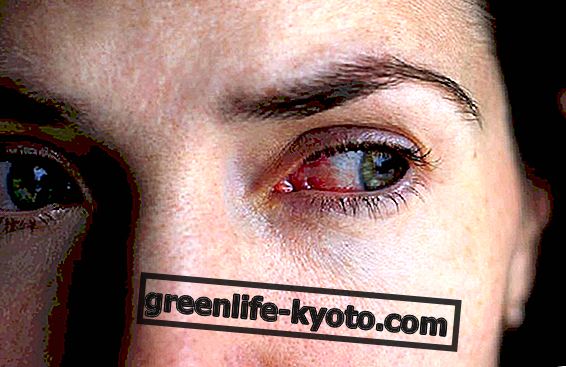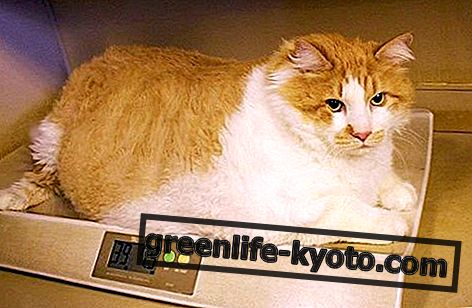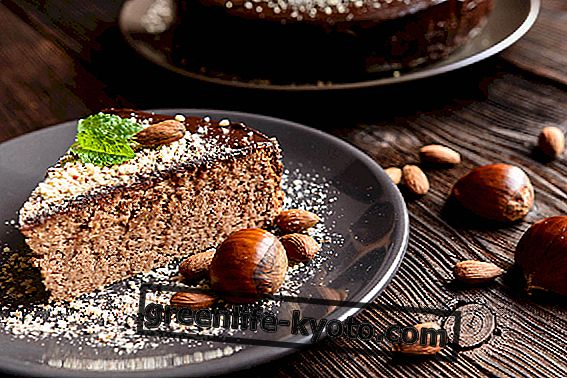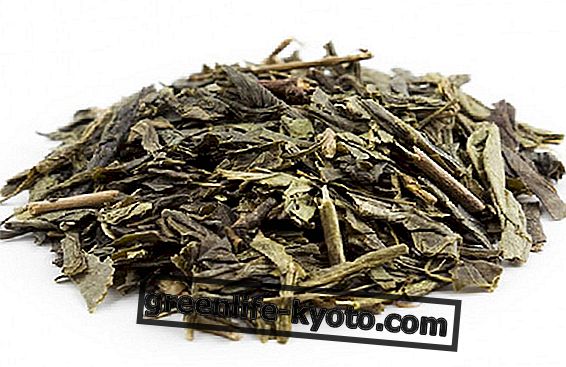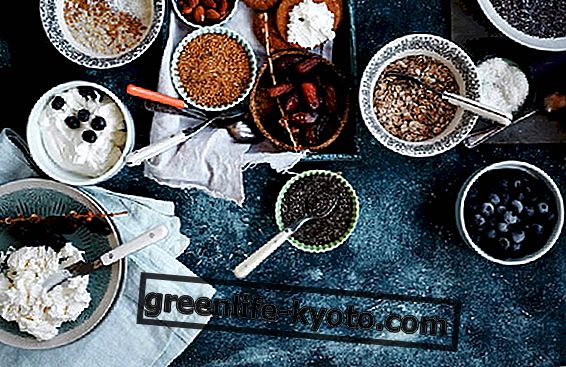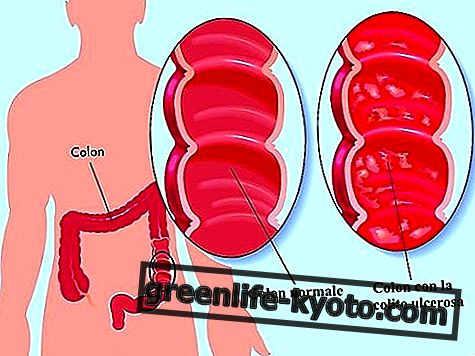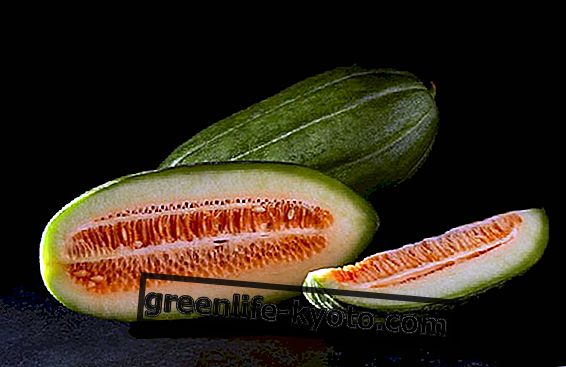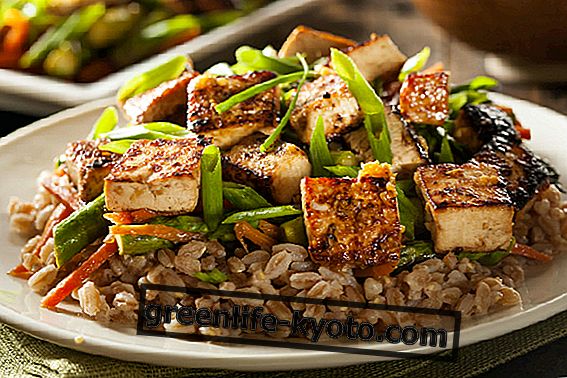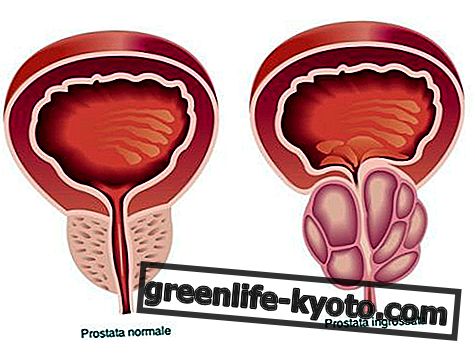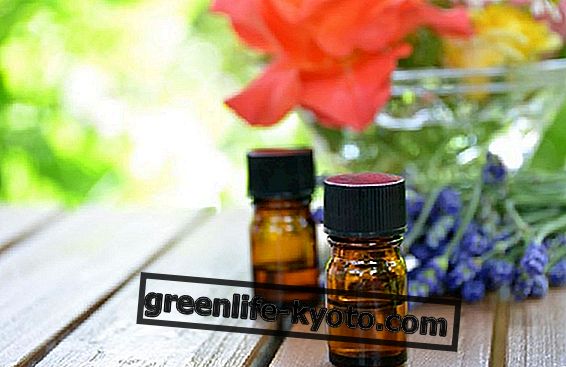
Capturing the fragrant essence of plants and preserving their fragrance is an activity pursued by man since the beginning of time and aromatherapy and the treatment of diseases and the preservation of health, which exploits the virtues of essential oils, extracted from plants . Indeed, it can be said that their action is never just something limited and highly specific for an organ or an apparatus, but rather they have a more general action on the organism in all its affections.
For this reason aromatherapy should not be seen only as a purely symptomatic remedy, but as a real systemic treatment. Through the perception of odors, emotions, memory, sensitivity and all the related cognitive areas are involved, in addition to the endocrine and immune systems : just think of the importance of the fragrances related to the sexual sphere of each individual.
Essential oils: what they are
Although they are called "oils" their structure and texture is very different from the normal vegetable oils to which we are accustomed. Essential oils are liquid substances of very complex composition that represent the most regal part of the plant, and are present in the form of tiny droplets in the petals of flowers, in the skin of fruits, in the resin of trees and in the bark of many plants. They are volatile elements, soluble in alcohol and oil, but not in water.
Essential oils: in the past
The extraction of aromatic essences is an ancient art, which has engaged man since time immemorial. Our early ancestors understood the powerful effects of aromas and used them in religious ceremonies and as first therapeutic remedies, through fumigation of aromatic woods, resins, to induce calm, relaxation and even euphoria. There is evidence of their use in India, China, the Middle East and Europe. However at the beginning the perfume of the plants was not produced in its pure form, that is in the form of essential oil, but it was always conveyed by a solvent, an oil or a fatty substance such as ointments and balms.
The Egyptians were very adept at using essential oils and adopted the fragrances of plants in cosmetics, as well as in medicines, but above all knowing their powerful antiseptic and antibacterial action, they used them in the complicated process of mummification, to preserve the bodies of the pharaohs. and block the putrefaction process.
The Greeks enthusiastically inherited the use of essential oils from the Egyptians, perfuming their food and drink in addition to their bodies and clothes . However the first to extract the most volatile and subtle parts, were the Arabs with the invention of the still, which allowed, in fact, to separate the aromatic essence of the plant in the purest form, by distillation .
Essential oils: how to extract them
The extraction of essential oils is essential to guarantee the highest quality to aromatic remedies and the technique varies depending on the drug (part) of the plant used. Furthermore this explains the price difference between an essential oil and another.
- Squeezing
It consists of a mechanical extraction process that is performed cold and does not include any chemical treatment. It is used to obtain the essence present in the rind of the fruits, mainly citrus fruits.
- Distillation by steam current
It is one of the most used methods for extracting essential oils from the most resistant parts of plants, which tolerate more heat, such as wood and bark. It is carried out by using the distiller which consists of an instrument where there are several watertight containers, a steam generator and a cooling coil. In this way it is possible to separate the volatile substances, exploiting the evaporation: the ground vegetable material is passed through by a stream of water vapor, which extracts the essential oil, allowing it to be separated later, as as we have already said it is not soluble in water.
- The enfleurage
Method used to extract the essential oils from the petals and from the very tender parts of the plants, which otherwise would easily be damaged in the presence of heat. The flowers are placed on slabs covered with purified fat, taking advantage of the ability of fats to absorb odors. The flowers give their perfume to the fat and are replaced with other flowers, until the fat is saturated with perfume. Then the fat is dissolved with alcohol and then the essential oil is separated.
- Extraction using solvents
This type of extraction is used for precious aromatic plants, such as rose and jasmine, with essences that do not resist heat. It consists in passing through a solvent, which extracts the essence and then removes it.
